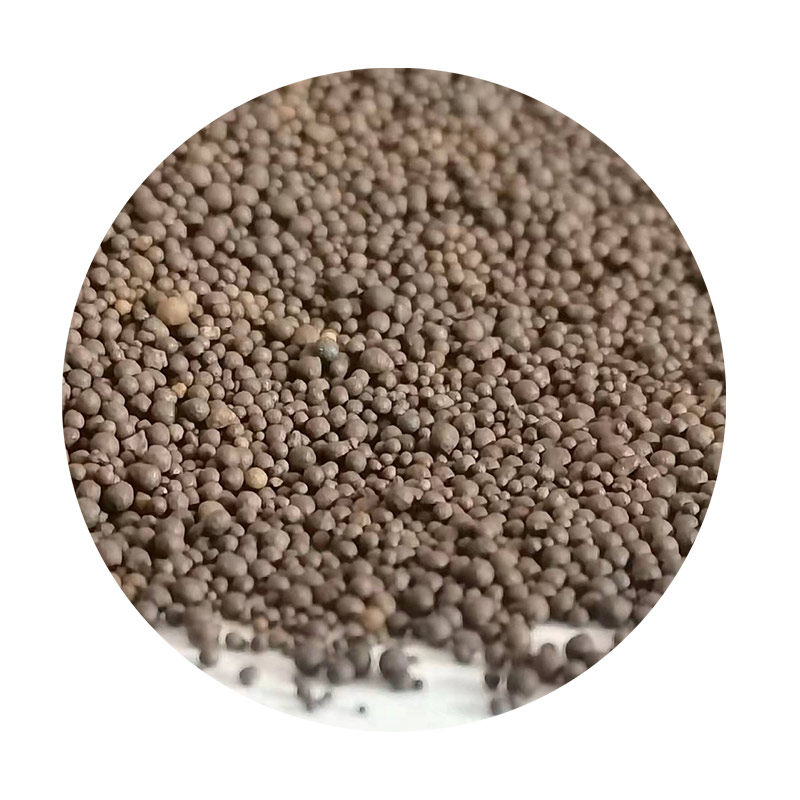Sanding 3D Printed Objects The Key to a Smooth Finish
In the realm of 3D printing, the excitement of bringing digital designs to life is often tempered by the challenges of achieving a polished final product. While 3D printing technology has advanced significantly, producing intricate designs with remarkable precision, the surface finish of printed objects can sometimes leave much to be desired. This is where sanding comes into play. Sanding 3D printed objects is an essential step for those seeking to elevate their creations from basic to professional quality.
The layer-by-layer nature of 3D printing inherently leads to visible lines and imperfections on the surface of the printed item. These features, while part of the charm of 3D printing, can detract from the overall aesthetic, especially for those who desire a smooth, refined finish. Sanding, combined with other post-processing techniques, provides an effective solution to this common issue.
Sanding 3D Printed Objects The Key to a Smooth Finish
When sanding, it's essential to consider the type of filament used for printing, as different materials respond differently to sanding. For instance, PLA (Polylactic Acid) is relatively easy to sand, while ABS (Acrylonitrile Butadiene Styrene) may require more effort due to its toughness. Moreover, filaments with additives, such as carbon fiber-infused or nylon materials, will also behave uniquely during the sanding process. Understanding the properties of the filament ensures that the right techniques and tools are employed for optimal results.
sanding 3d printed

In addition to manual sanding, various power tools can be utilized to enhance efficiency and achieve an even finish. Electric sanders, rotary tools, and sanding sponges can expedite the process, especially for larger prints. However, caution should be taken when using power tools, as it's easier to remove too much material or create uneven surfaces if not handled correctly.
After sanding, the printed object can be further treated with additional post-processing techniques to enhance its finish. Techniques such as acetone vapor smoothing for ABS prints or applying a primer coat before painting can provide an even more professional look. These methods not only improve visual appeal but also add a certain level of durability to the final product.
Moreover, the art of sanding 3D printed objects is not merely a matter of aesthetics; it is essential for functional parts as well. A smoother surface can reduce friction, enhance fit, and improve the overall functionality of mechanized components. Engineers and hobbyists alike can benefit from embracing sanding as a fundamental step in the 3D printing workflow.
In conclusion, sanding 3D printed objects is an invaluable skill that can dramatically enhance the quality of your prints. By understanding the materials and employing the right techniques, you can turn a rough, unfinished piece into a sleek, polished masterpiece. As the world of 3D printing continues to evolve, the attention to detail during post-processing, including sanding, will distinguish professional results from amateur ones, showcasing the true potential of this revolutionary technology. Whether you're a hobbyist or a professional, mastering the sanding technique is a step toward creating stunning, high-quality 3D printed objects.
Post time:сеп. . 15, 2024 15:07
Next:sand used in foundry
